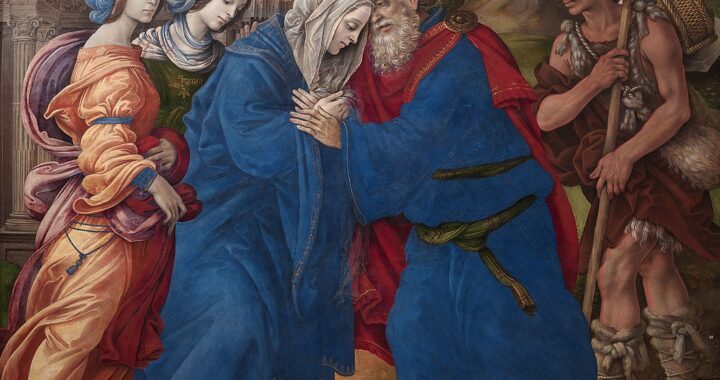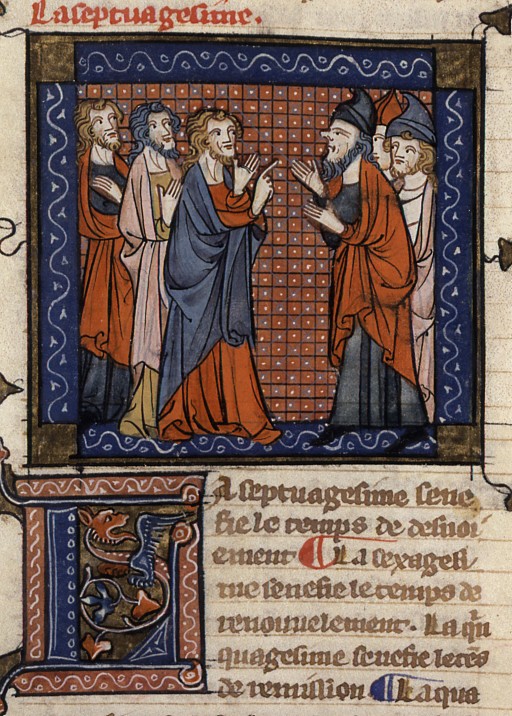
The Golden Legend
As I’ve been talking to people about my new book, I’ve noticed five mistakes that Catholics commonly make when they talk about the saints. And I can explain and debunk those errors using only saints who are celebrated in one week in the Church’s calendar during July.
The first common error is to assume that canonized saints are simply lucky people who happened to be born with superior spiritual gifts. According to this way of thinking, the only people who become saints are those who loved God and prayer almost from birth, were born into perfect, devout homes, and received natural gifts that made it easy for them to become holy.
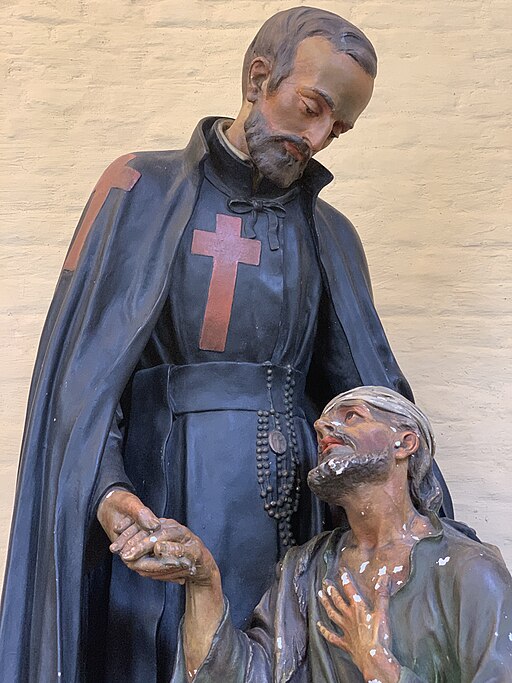
But that’s wrong. There have been plenty of saints who were public sinners. Saint Camillus de Lellis (1550-1614), whose feast day is celebrated on July 18 in the US, was a 6’ 6” tall Italian who became a soldier when he was only seventeen years old. For years, he indulged in all the worst addictions associated with his profession: gambling, drinking, and fighting. It wasn’t until he was seriously injured in battle and until he had literally gambled away the shirt off his back that his life hit rock bottom. But by God’s grace, his poverty brought him face to face with God, and he repented. Camillus spent the rest of his life caring for the sick, and he and his followers eventually became an entire religious order. But no one, particularly the young Camillus himself, thought he would end up as a saint.
Another common mistake is to be mesmerized by the miracles described in some saints’ lives. While there have been many holy men and women who developed reputations as healers, prophets, stigmatists, and mystics over the centuries, we should not let ourselves be so fascinated by these signs and wonders that we act as if miracles alone are proof of sanctity. There have been many saints who never performed a public miracle during their lifetimes.
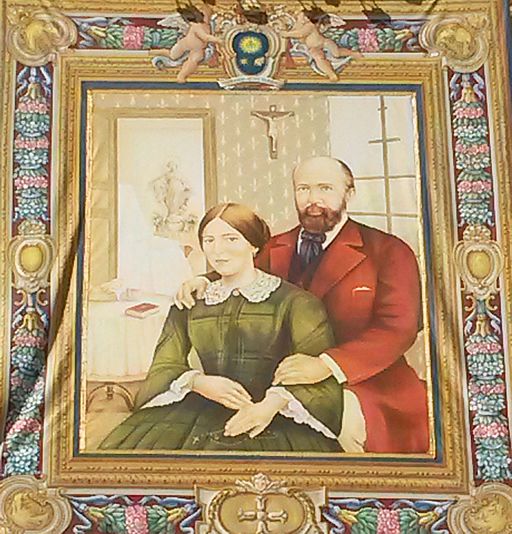
For example, look at Saints Louis and Zelie Martin, a nineteenth century French married couple who are celebrated jointly on July 12. What did they do that made them worthy of veneration by the universal Church? They practiced their faith. They taught their children to do the same. They turned toward God, rather than away from Him, when sickness and death touched their family. How unremarkable—but also remarkable! Even their daughter, the famous Doctor of the Church, Saint Thérèse of Lisieux, was not considered a wonder worker at the time of her death.
On the other hand, some people veer in the opposite direction and seem embarrassed to acknowledge that miracles occur at all. After all, miracles can seem terribly unscientific to our modern world. But sometimes God does permit miracles in the lives of saints, perhaps as a way of keeping us from overlooking some of His favorite people.
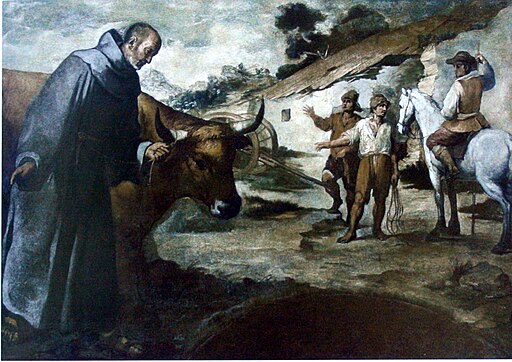
Saint Francis Solano (1549-1610, feast day July 14) was born in Spain and became a Franciscan priest. He was a spiritual advisor to Saint Teresa of Avila and was known as an excellent preacher before he was sent to Lima, Peru, as a missionary. You might think that it would be difficult to preach the Gospel to people who speak many different languages and dialects, and Francis did work hard to learn their languages so that he could communicate with the native peoples. But he was so gifted in preaching to different tribes that it astonished both Spaniards and Peruvians. Witnesses were also dumbfounded by his (accurate) predictions of future events. Francis’ gifts of tongues and prophesies, combined with his Christlike love for the Peruvian people, helped him make bring many people to the faith.
The fourth common error about saints is the assumption that ordinary people, people like you and me, aren’t called to become saints at all. Maybe priests, nuns, and hermits receive such a call, but not ordinary members of the laity. Blessed Charles Emmanuel Rodriguez Santiago (1918-1963, feast day July 13), often called Charlie or Carlos, disproves that idea.
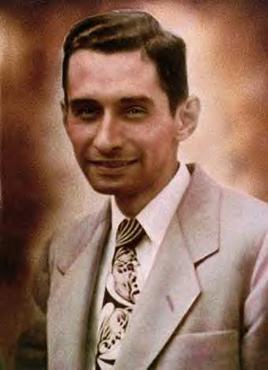
Charlie was born in Puerto Rico, suffered a serious illness while he was in high school, and had to drop out. But he was a voracious reader and taught himself about the Catholic faith, particularly the liturgy. Charlie, a mere layman, eventually founded magazines and led discussion groups dedicated to liturgical renewal—years before the Second Vatican Council—all while battling the health problems that finally took his life.
The final common error we make about saints is to ignore any stories about their lives that don’t sound like modern biographies.
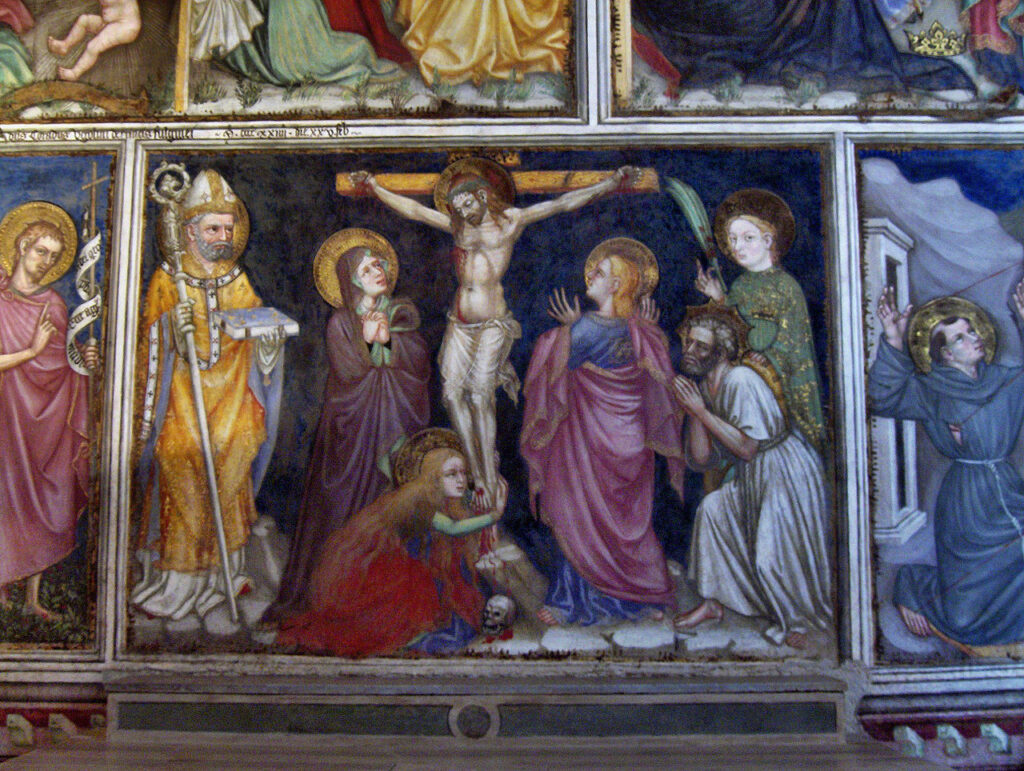
On July 13, the Church celebrates Blessed Jacobus de Voragine (c. 1230-1298), who was a Dominican preacher, theology professor, archbishop of Genoa, Italy, and author of The Golden Legend. Although often overlooked today, The Golden Legend was one of the most famous sources for saint biographies and descriptions of important Church feast days for many centuries. Why is it ignored now? As Butler’s Lives of the Saints[1]rather bluntly describes The Golden Legend:
“From the point of view of history it is entirely uncritical and worthless …But as a book of devotion, of edification, it is a superb work of art.”
The Golden Legend was never intended to be a modern historical biography; it was intended to introduce medieval Catholics to the saints in a way that would help them grow in their faith and love of God. It was highly successful for many generations of Catholics for that reason, even though its style and lack of historicity make it less approachable to us today.
Think about the last time you watched a movie about the life of a famous person. Did the show alter any details about person’s life? Of course it did. Storytellers often adapt a story to better communicate the key truths that they want their audience to learn. Blessed Jacobus also adapted his saint biographies to educate his readers about sanctity—and about how every Christian should live out the faith during their ordinary and sometimes extraordinary difficulties.
The real truth about the saints is simply that they loved God. Whether they were rich or poor, successful or struggling, educated or illiterate, gifted or addicted, they gave everything over to Him. And He made them saints—just as He is ready to do for each one of us.
All images in this article can be found in Wikimedia Commons.
[1] Herbert J. Thurston, S.J., and Donald Attwater, Butler’s Lives of the Saints, Complete Edition, volume III (Notre Dame, Indiana: Christian Classics, 1956), 92.
